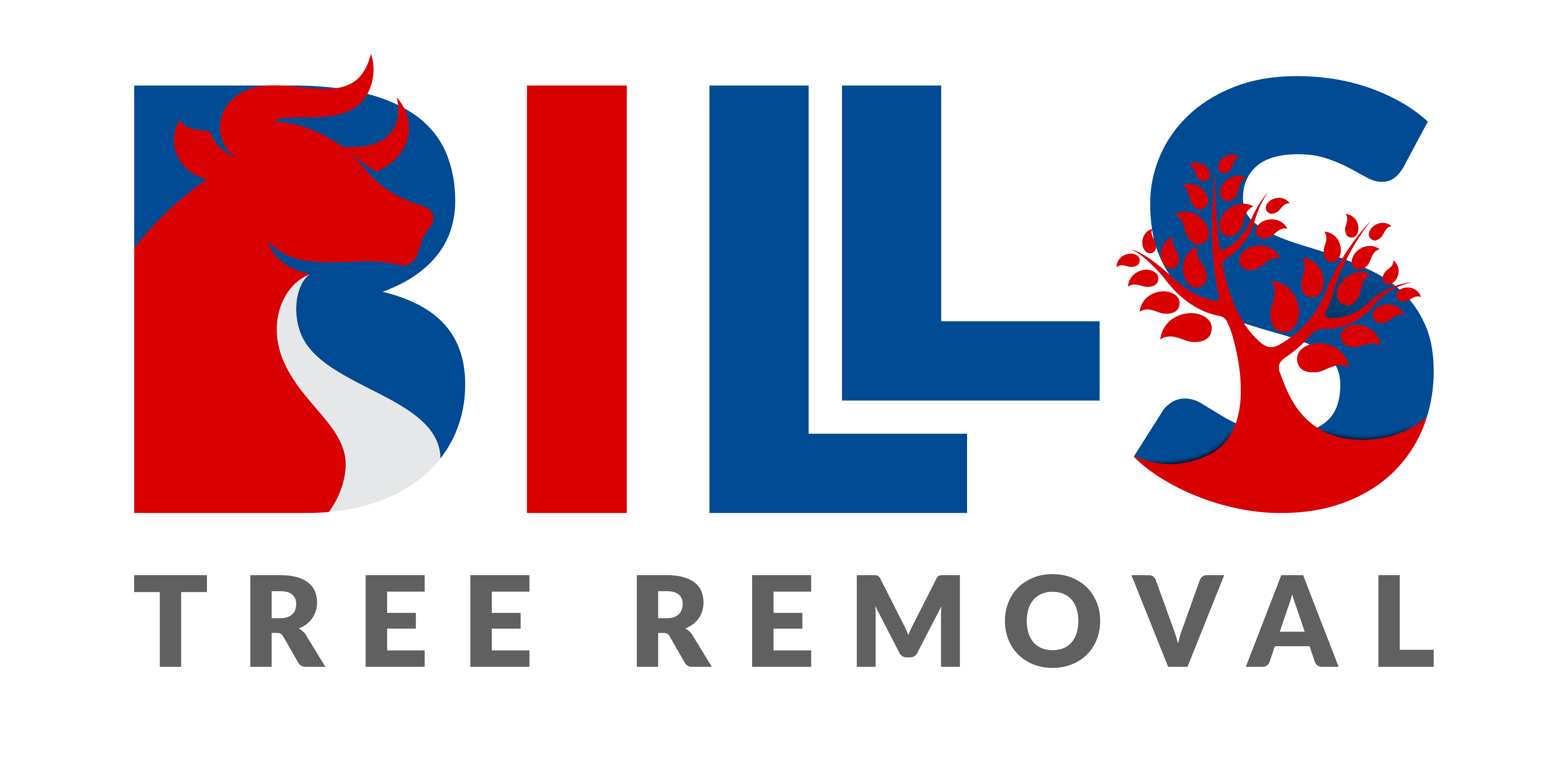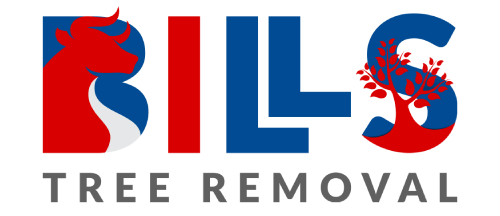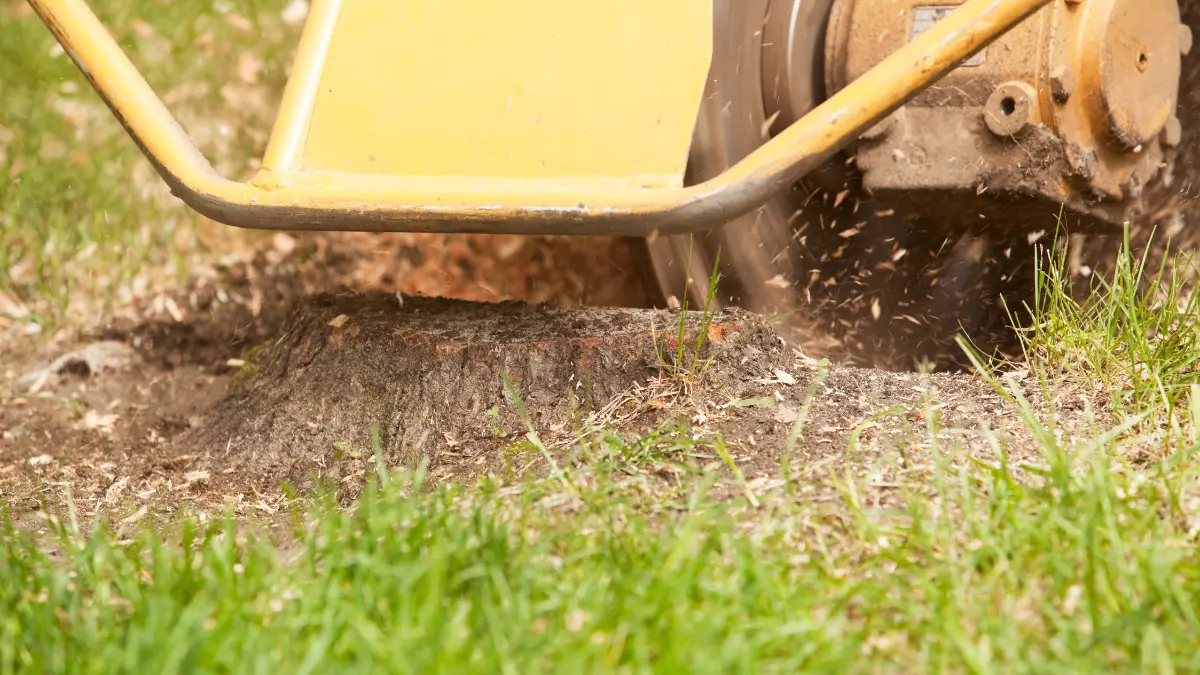Tree Trimming Techniques to Promote Healthy Growth
Tree Trimming Techniques to Promote Healthy Growth
Trees are a lovely and long-lasting feature of any property. They provide shade, clean the air, and provide a natural touch to your surroundings. Trees, like all living things, require regular maintenance to remain strong and healthy. Tree Trimming is one of the most effective ways to care for them. When you apply proper tree pruning procedures for healthy growth, you help your trees survive, remain appealing, and avoid diseases and structural damage.
In this blog, we’ll explain why trimming trees is vital, share basic Pruning Techniques, and demonstrate how services like Springfield arborist services can help homeowners keep their trees in good form.
Whether you own a property or simply wish to learn more about tree care, this blog will teach you the fundamentals of tree trimming.
The Importance of Tree Trimming in Tree Health
Tree trimming may appear to be purely for aesthetic reasons, but it is actually an important aspect of maintaining trees healthy over time. Just like people have regular checkups, trees benefit from occasional trimming to maintain them strong and free of health issues.
Without proper care, trees can:
Grow in dense or irregular patterns.
Create branches that are weak or harmful.
Attract pests and develop diseases.
Cause problems with buildings, electricity lines, or other plants nearby.
Proper tree cutting helps your trees grow stronger and more balanced, while also protecting your property and the natural environment.
Basic Tree Trimming Techniques for Healthy Growth.
Both individuals and experts rely on a few basic tree-trimming procedures to ensure healthy development. Each technique has a unique purpose, and knowing how and when to apply them makes all the difference.
Crown Thinning.
Crown thinning is one of the most commonly used pruning procedures. It improves a tree’s form and allows more light and air to pass through its branches. This approach entails carefully plucking selected branches from the crown of the tree’s leafy upper section.
Benefits of Crown Thinning:
Lowers wind resistance.
Allows more light to filter through.
Reduces weight on large limbs.
Helps to protect the tree during storms.
Only remove a small portion of the crown, about 10-20% at a time. Removing too much can impair the tree’s capacity to create energy and develop normally.
Crown Raising.
Crown raising involves trimming the tree’s lower branches to free up space beneath it. This strategy is especially useful when trees grow near walkways, driveways, or streets.
Benefits:
Improves the line of sight
Creates space for people and cars to pass.
Enhances the appearance of planted spaces.
Avoid cutting too many lower limbs in one go, as this can compromise the tree’s general structure.
Crown Reduction.
The technique involves trimming back the borders of a tree’s canopy to make it smaller overall. Crown reduction is frequently required when a tree has grown too large or is too close to houses, wires, or other structures.
Benefits:
Maintains the tree’s natural shape while lowering its size.
Protects surrounding structures.
Promotes equally distributed growth.
Crown reduction requires careful handling. Cutting excessively might result in big wounds that may lead to disease or deterioration.
Deadwood Removal
Deadwood clearance entails cutting away any dead, dying, or infected branches. It is one of the most critical pruning strategies because dead branches might break off and cause injury or damage.
Benefits:
Makes the tree appear cleaner and healthier.
Prevents rot or infection from spreading.
Keeps people and property safe.
Dead branches are frequently easy to identify; they are dry, brittle, and may have lost their bark.
Tree Shaping
Tree shaping is the technique of pruning branches to direct the tree into a given shape or style. Whether for aesthetics or utility, it influences how a tree grows over time.
Benefits:
Increases visual appeal.
Develops a balanced or artistic form.
Encourages steady and controllable growth.
This approach is common with attractive trees and should be applied gradually to avoid placing too much strain on the tree all at once.
Essential Tree Trimming Tools
Having the right equipment is essential for safely and properly trimming your tree. Here’s a quick overview of the important tools you’ll need:
Bypass pruners are ideal for producing small, clean cuts.
Loppers: These are ideal for pruning medium-sized branches up to two inches thick.
Hand saws: Hand saws are useful for dealing with larger branches.
Pole pruners: Pole pruners are ideal for trimming higher branches while remaining on the ground.
Climbing tools or ladders: Required for tall trees.
Always remember to clean your equipment between cuts with rubbing alcohol or a bleach-and-water solution. This aids in the prevention of disease transmission from one part of the tree to another.
Hiring Professionals: Springfield Arborist Services.
While simple trimming tasks are frequently achievable for homeowners, other situations necessitate professional assistance. Arborist services in Springfield offer specialized care, particularly for larger trees, hazardous branches, and trees exhibiting symptoms of illness.
Why hire a certified arborist?
Expertise: Arborists understand tree biology and apply proper trimming procedures.
Safety: They use the correct tools and understand how to operate near power lines and large trees.
Long-Term Care: Arborists can inspect your tree’s condition and offer a plan for healthy growth.
If you live in Springfield or the surrounding area, check for professional, insured tree trimming businesses with positive client evaluations. Many reputable businesses will also provide free estimates and tree health inspections.
FAQ
What are the most effective tree trimming methods for healthy growth?
Crown thinning, crown lifting, crown reduction, deadwood removal, and tree shaping are all effective ways to promote robust, even growth and maintain trees healthy over time.
Can I trim big branches myself?
Trimming large or difficult-to-reach branches is dangerous and should be left to professionals such as Springfield arborists. Because, if done incorrectly, it may harm the tree or create accidents.
Are the tree-trimming strategies the same, no matter the tree species?
No, they do not. Each tree type, each tree age, and each tree health requires various pruning strategies for the best results, consulting with an arborist who knows what’s required.
Conclusion
If you need the services of a team of experienced tree surgeons, simply call Bills Tree Removal at (585) 460-3501. Whether you want a free consultation or have a specific question, Bills Tree Removal’s expert tree surgeons can assist you.


